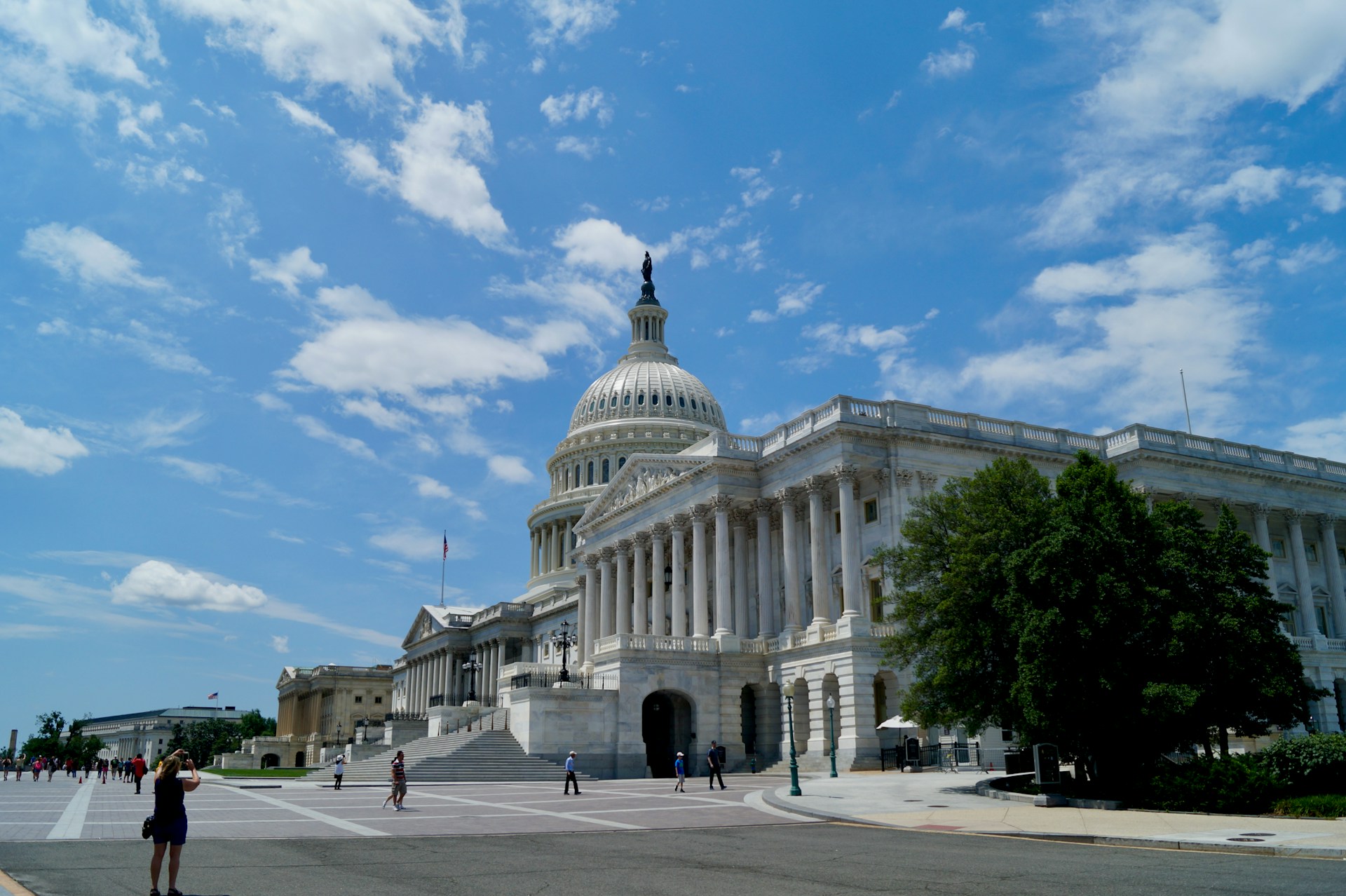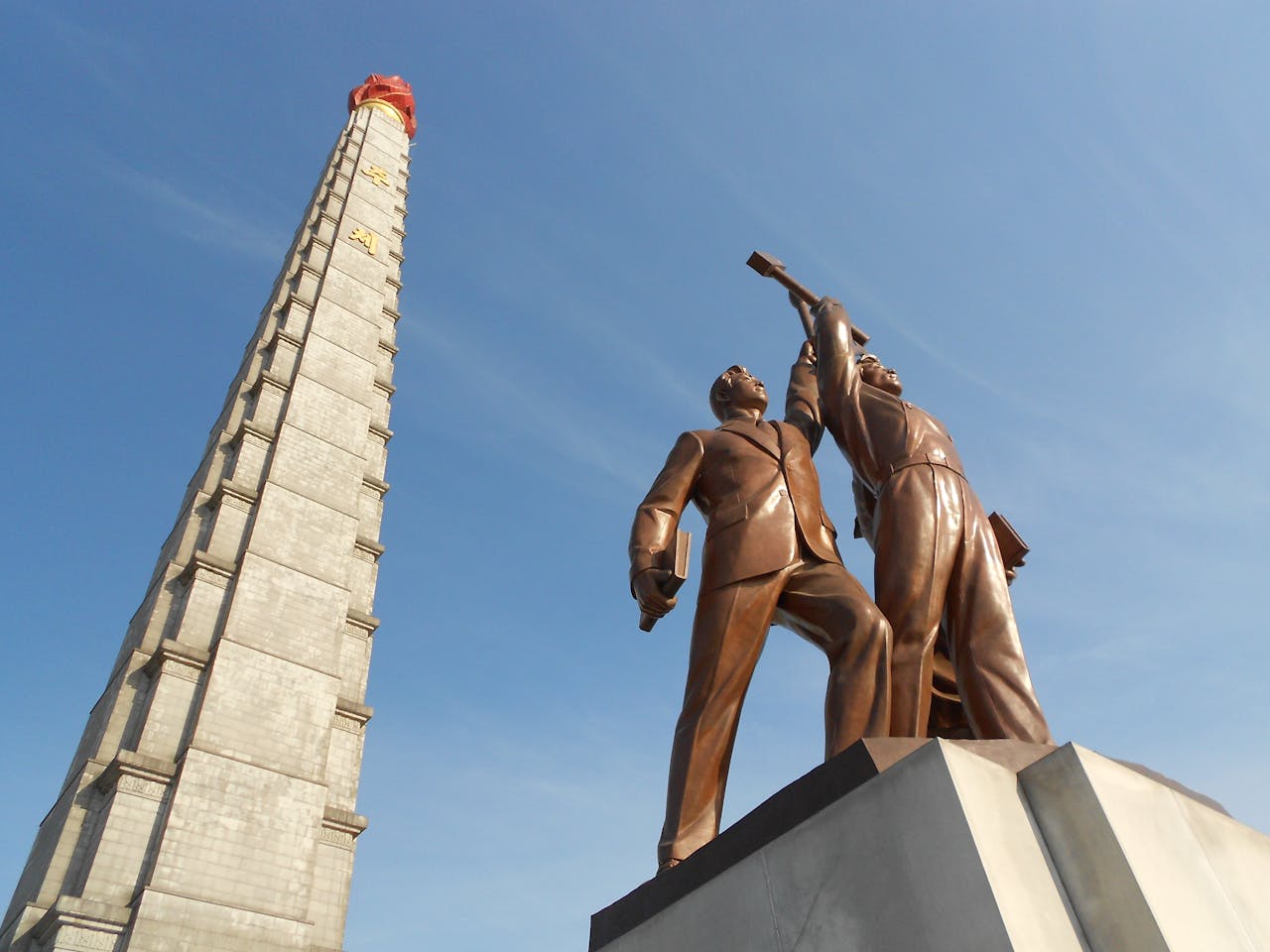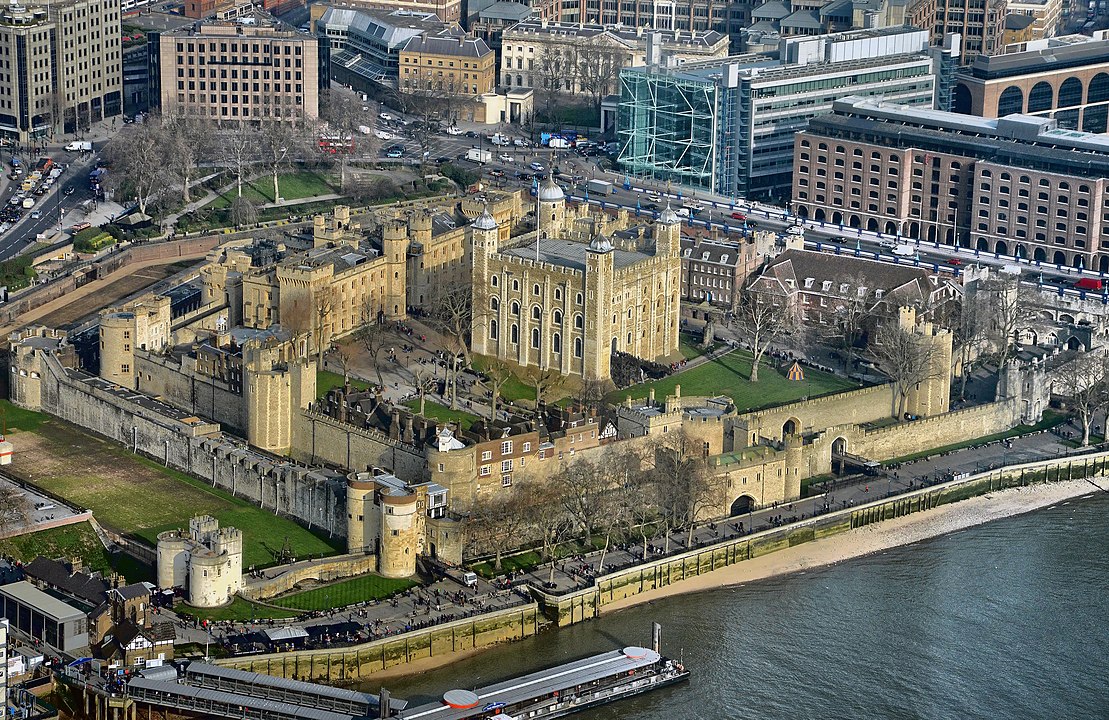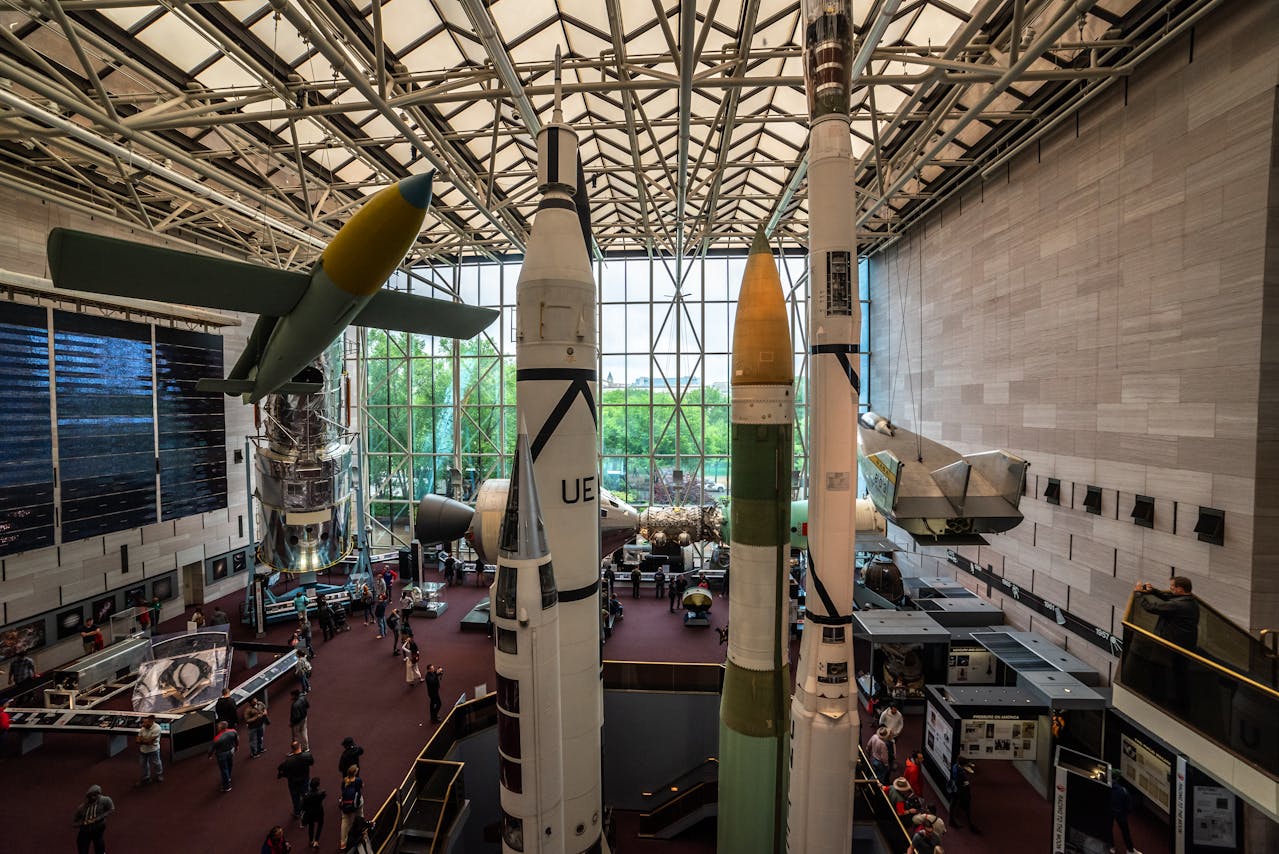Across the nuclear age, planners keep circling the same map pins. Capitals hold leaders and command links. Port cities move fleets and fuel supply chains. Tech hubs keep satellites talking and missiles guided. Missile fields anchor deterrence. The calculus is cold and consistent: blind the opponent, break coordination, and shock the economy. What follows traces why these places rise to the top of war games, balancing strategic logic with the lived reality of crowded streets, fragile systems, and human lives.
Washington, D.C.

Power is concentrated here. The president, senior advisors, and the military’s command architecture rely on hardened but finite nodes across the capital and its suburbs. A first strike would aim to fragment decisions in the opening minutes, overwhelming continuity plans and scattering communications across backup sites. Beyond leadership loss, the blow to federal agencies and lifeline infrastructure would cripple relief, finance, and transportation, creating a cascading crisis for regional hospitals and neighboring states.
Moscow

As Russia’s political core and nerve center for nuclear forces, Moscow concentrates ministries, command bunkers, and strategic communications in a dense metropolitan web. A decapitation attempt would try to sever leadership from retaliatory assets long enough to blunt the second strike. The human toll would be immense, and the political shock would radiate across Eurasia. Refugee flows, market panic, and contaminated corridors would hinder any coordinated aid while military posture shifts raised wider risks.
New York City

Global finance and diplomacy converge in New York. Markets, clearing houses, media networks, and the United Nations compound link continents in real time. A detonation over the harbor or midtown would erase neighborhoods and trigger an instant market freeze, with banking and insurance arteries buckling under data loss and workforce collapse. Subways, bridges, tunnels, and power lines would fail in sequence, turning a dense coastline into a paralyzed emergency zone.
Beijing

Be/ijing houses party leadership, strategic communications, and air and missile defense command in one of the most protected capitals on earth. Even with layered defenses and dispersal plans, any large exchange would assign multiple warheads to overwhelm interceptors and bunker systems. A hit that disrupts national command would ripple across industry hubs and border regions, complicating humanitarian routes and raising escalation risks as regional militaries reassessed posture in the fog of crisis.
Pyongyang

North Korea’s leadership, launch units, and command networks cluster around the capital. In a regional war, planners would likely target those nodes early to prevent follow-on salvos. That logic collides with a dense civilian footprint and limited medical capacity, making the humanitarian picture especially dire. The political vacuum and fractured communications would complicate armistice talks and border management, drawing neighbors into a volatile mix of security operations and emergency relief.
London

Government ministries, intelligence services, and a major NATO command link reside in London, tying the UK’s deterrent posture to alliance decision cycles. Neutralizing the city would aim to disrupt transatlantic coordination and blind early-warning pipelines. Even a near miss would stall markets, strain health systems, and bottle traffic on critical river crossings. The psychological shock to Europe would be immediate, undercutting morale and slowing joint military and humanitarian mobilization.
Paris

Paris anchors government, defense industry, and national command that pairs with France’s independent nuclear force. In high-end scenarios, multiple warheads would target political leadership, hardened communications, and air defense nodes to fracture state control. The loss of transport hubs and data centers would reverberate through the European Union, snarling aid flows and energy routes. Cultural trauma would sit alongside logistical collapse, complicating any swift return to coordinated governance.
Berlin

Berlin functions as a political capital and a key logistics brain for NATO movements across Central and Eastern Europe. Railheads, airfields, and command links in and around the city make it a strategic amplifier. A strike here would slow alliance reinforcement pathways and fracture decision velocity at a critical moment. Civilian impacts would be severe, with hospitals and power systems grappling with simultaneous mass-casualty care and degraded supply chains.
San Francisco

The Bay Area blends naval communications, cyber infrastructure, and a vast tech ecosystem that supports satellite control, cloud services, and defense manufacturing. Disabling these networks would degrade command resilience across the Pacific and stall innovation pipelines that feed modern weapons and logistics. Damage to fiber backbones and data centers would reach far beyond California, curbing everything from emergency coordination to global finance and transportation scheduling.
Los Angeles

Aerospace production, Pacific ports, and sprawling logistics corridors make Los Angeles a high-value target. Striking the harbor complex and nearby industrial belts would choke military resupply and civilian imports in a single move. Broadcast and entertainment hubs would go dark, breaking information flow at scale. The region’s road network, already stretched, would seize under evacuation pressure, complicating medical response and long-haul freight across the western United States.
St. Petersburg

Russia’s Baltic gateway concentrates shipyards, naval support, and heavy industry tied to the northern fleet. A coordinated strike would aim to limit access to the Baltic Sea and bottleneck repairs and deployments. Civilian infrastructure is intertwined with military assets, so damage to ports and rail would stall trade and relief. Historic districts and dense housing near industrial zones would face acute risk from blast, fires, and lingering contamination.
U.S. Missile Fields

Missile silos and support sites spread across Montana, North Dakota, Wyoming, and parts of the High Plains anchor the land-based leg of deterrence. Counterforce doctrines envisage early, repeated strikes to suppress second-strike capacity. While populations are lower, the footprint is wide and fallout plumes can travel far with shifting winds. Rural hospitals, roads, and power lines would be overwhelmed, and agricultural regions would face long recovery timelines.


